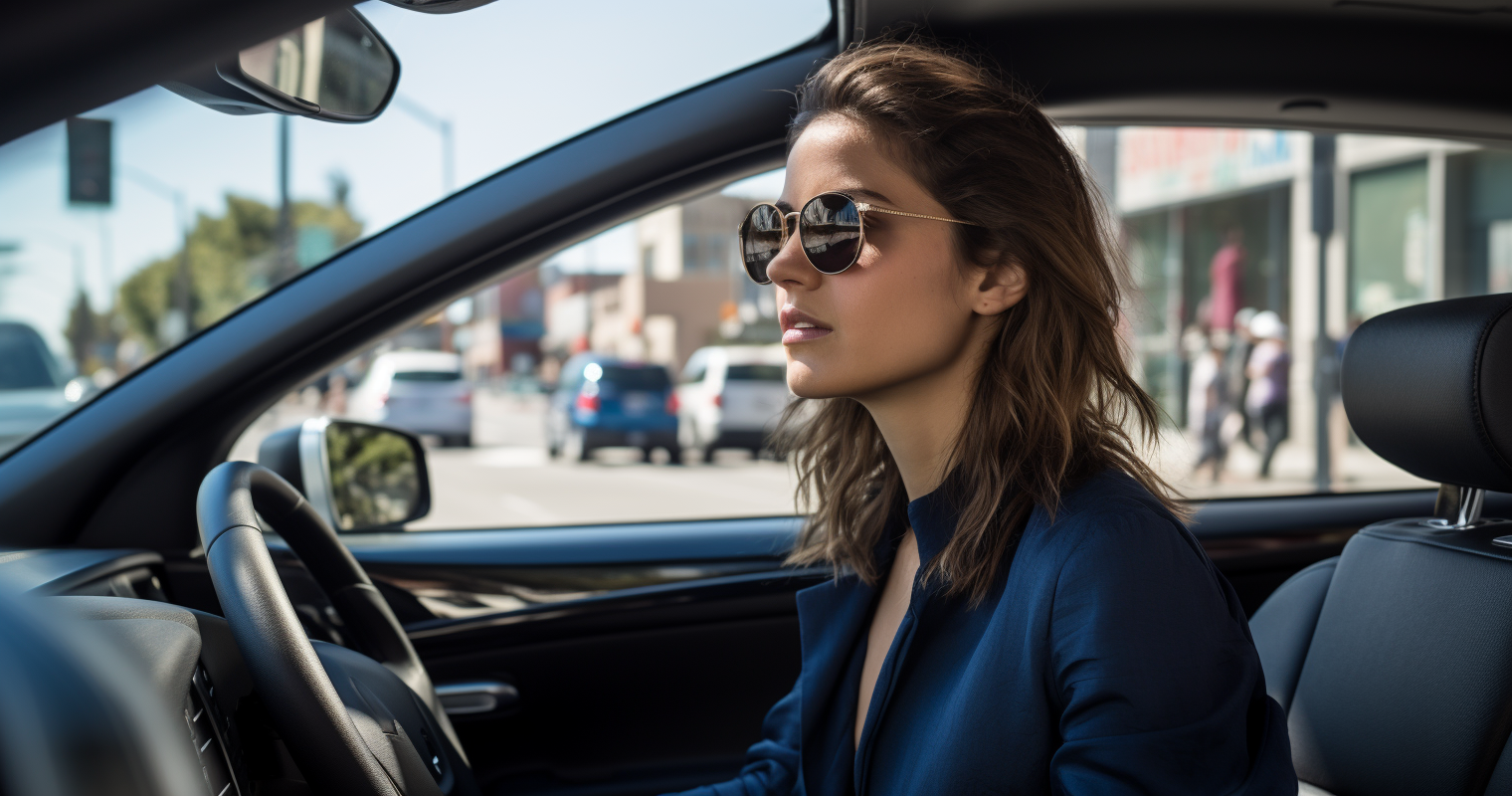If you’re planning to drive in the Netherlands, it’s important to familiarize yourself with the local road rules and regulations. The Netherlands has a well-maintained network of roads, but road safety is a top priority. In this article, we’ll cover road safety, required equipment, road accident protocols, driving rules, road signs, traffic lights, traffic info resources, and parking rules.
Road Safety in the Netherlands
The Netherlands is one of the safest countries in the world to drive in. The Dutch government invests heavily in road safety measures, and this investment has paid off. In 2020, there were 610 road fatalities, down from 3,200 in 1972. The Dutch road network is also well-maintained and signposted, making it easy for drivers to navigate.
However, even in a safe driving environment, accidents can happen. Drivers are encouraged to practice defensive driving and be aware of their surroundings. It’s also important to obey traffic rules and signals and to be alert for pedestrians and cyclists.
Required Equipment
When driving in the Netherlands, it’s important to have the necessary equipment in your car. The following items are legally required:
- Warning triangle: You must carry a warning triangle and use it in the event of an accident or breakdown.
- Reflective vest: You must carry a reflective vest and wear it when outside your vehicle on a public road.
- Spare bulbs: You must carry spare bulbs for your car’s headlights, brake lights, and turn signals.
Road Accidents
In the event of a road accident in the Netherlands, drivers are required to follow certain protocols. If anyone is injured or there is damage to property, you must contact the police. If there are no injuries or damage to property, you can exchange details with the other driver and report the accident to your insurance company.
If you’re involved in a hit-and-run accident, you should report it to the police immediately. Failure to stop at the scene of an accident is a criminal offense in the Netherlands.
Driving Rules
When driving in the Netherlands, there are certain rules that you need to follow. These include:
- Drive on the right side of the road: In the Netherlands, you must drive on the right-hand side of the road.
- Give way to the right: When approaching an intersection, you must give way to traffic coming from your right, unless otherwise indicated.
- Stick to the speed limits: The speed limit in built-up areas is 50 km/h, on rural roads 80 km/h, and on motorways 130 km/h.
- Don’t use your phone while driving: It’s illegal to use your phone while driving, even if you’re using a hands-free device.
It’s also important to be aware of cyclists when driving in the Netherlands. The Dutch are known for their love of cycling, and there are many cycle paths and lanes. Drivers must give way to cyclists and ensure that they don’t endanger them.
Road Signs and Traffic Lights
Road signs in the Netherlands are clear and easy to understand. Here are some of the most important ones to look out for:
- Stop sign: This is a red octagon with the word “STOP” written in white letters.
- Give way sign: This is a red triangle with a white border and the words “GIVE WAY” written in white letters.
- No entry sign: This is a red circle with a white border and a black diagonal line.
Traffic lights in the Netherlands follow the standard red, amber, and green sequence. However, there are some unique aspects to Dutch traffic lights. For example, some lights have a countdown timer to show how long you have to wait before the lights change. There are also some lights with an orange flashing light, which means that you can proceed if it’s safe to do so, but you must give way to other traffic.
Traffic Info Resources
If you’re driving in the Netherlands, it’s important to stay up-to-date with traffic information. The Dutch government provides a range of resources to help drivers stay informed:
- ANWB: The ANWB (Royal Dutch Touring Club) provides up-to-date traffic information on its website and app. It also offers a range of services for drivers, including breakdown assistance.
- Rijkswaterstaat: Rijkswaterstaat is responsible for the Dutch road network and provides information on road works, traffic jams, and accidents on its website and app.
- Traffic Radio: Traffic Radio is a Dutch radio station that provides up-to-date traffic information throughout the day.
Parking Rules
Parking in the Netherlands can be challenging, particularly in cities with high populations of expats. Here are some useful rules to keep in mind:
- Paid parking: In many cities, you must pay for parking on the street. You can pay at a ticket machine or via a mobile app.
- Parking permits: In some areas, you need a parking permit to park on the street. These permits are issued by the local council and are often only available to residents.
- Disabled parking: Blue disabled parking cards are recognized in the Netherlands. These cards allow drivers to park in disabled spaces and on street parking for free.
In conclusion, driving in the Netherlands can be a safe and enjoyable experience if you follow the rules and stay informed. Make sure you have the necessary equipment in your car, follow the local driving standards, and be aware of cyclists and pedestrians. Stay up-to-date with traffic information, and be mindful of parking rules, particularly in areas with high populations of expats. By doing so, you can enjoy the beautiful Dutch countryside and vibrant cities without any hiccups.

